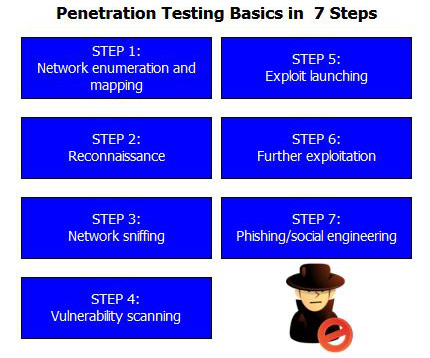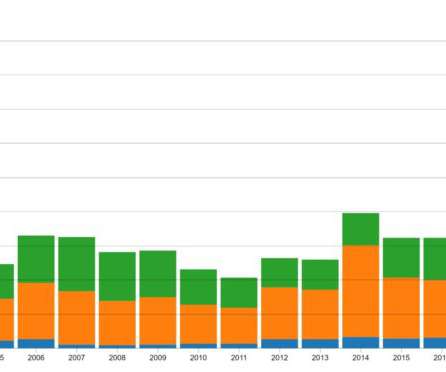SHARING INTEL: Why full ‘digital transformation’ requires locking down ‘machine identities’
The Last Watchdog
OCTOBER 16, 2019
This is so in spite of the fact that machine identities are exploding in numbers and have come to saturate digital transformation. Related: IoT exposures explained I’ve conversed several times with Jeff Hudson about this. This is how cool new digital services are getting spun up at high velocity.






















Let's personalize your content